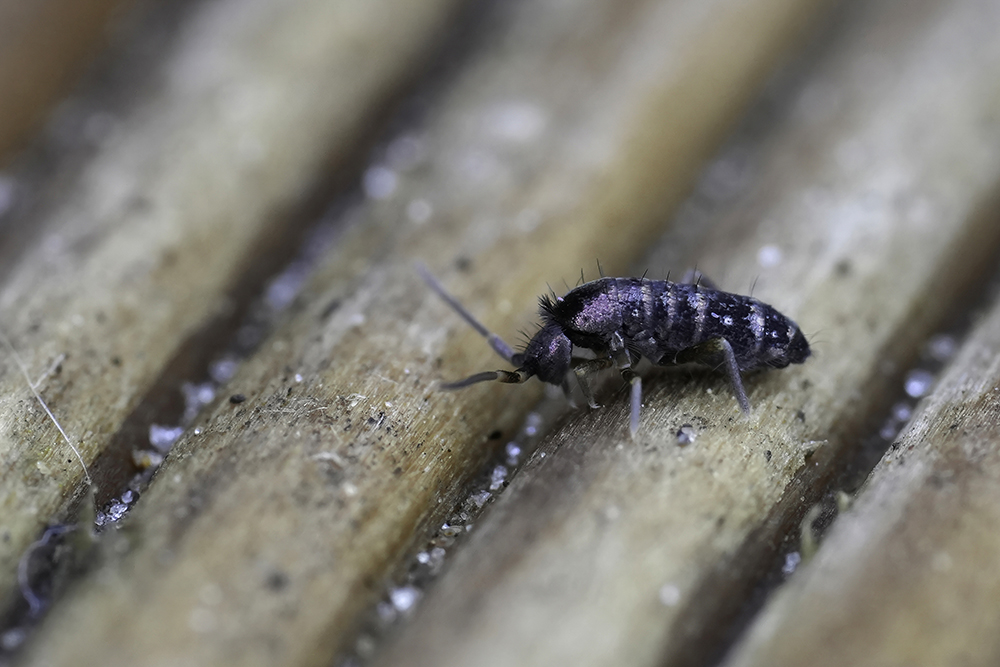Springtails: The Jumping Guests in Your Home
If you’ve noticed tiny jumping creatures in your home and feared a flea infestation, you might encounter springtails. These minute creatures, while a nuisance, are fascinating and generally harmless. Understanding springtails, including what they are, where they live, and how to manage them, can help alleviate concerns about these pervasive guests.
What Are Springtails?
Springtails, scientifically known as collembolans, are small, six-legged creatures that feed primarily on decaying plant matter, algae, and fungi. Unlike insects, springtails belong to their taxonomic class, Collembola. They play a crucial role in the ecosystem by breaking down dead plant material and spreading fungal spores, which helps promote healthy soil ecosystems.
These creatures are named for their unique anatomical feature, the furcula, a forked appendage that folds beneath the body and allows them to jump high into the air as a defense mechanism. While they have poor eyesight and limited control over their landing, this ability helps them escape threats.
Appearance and Habitat
Springtails are tiny, often no larger than an eighth of an inch. They vary in shape and color, ranging from black to gray, brown, yellow, or white. They are often mistaken for fleas due to their jumping ability, but unlike fleas, they lay flat on the ground and possess two long antennae.
These moisture-loving creatures thrive in damp environments such as decaying logs, leaf mold, or moist soil. They are especially active in wet or humid conditions, and they can often be found near water sources in and around homes.
The Concerns with Springtails
Although springtails are not dangerous, they can become a nuisance if they invade your home in large numbers, which might indicate an underlying moisture problem. In rare cases, they might contribute to allergies or dermatitis due to their presence in large colonies.
Managing Springtail Infestations
To effectively manage a springtail infestation, focus on controlling moisture:
- Outdoor Management: Ensure that mulch, soil, and other moisture-retaining substances are kept away from your home’s foundation. Properly maintain rain gutters and downspouts to divert water away from your house.
- Indoor Management: Address moisture issues under sinks, in bathrooms, and around the foundation. Regular inspections for leaks and proper ventilation are key to preventing springtail colonization.
- Professional Intervention: Professional pest control services may be necessary if home remedies do not control the infestation. Experts can provide targeted treatments that safely and effectively manage springtail populations without harming your home environment.
Common Questions About Springtails
Do Springtails Have Unique Body Features?
Yes, springtails have a collophore, an organ believed to help with water absorption and balance, essential for survival in moist environments.
Can Springtails Jump Off Water?
Indeed, some species of springtails can maintain surface tension and jump off water, showcasing their unique adaptations to their environments.
Are Springtails Harmful to Humans?
No, springtails do not feed on humans nor transmit diseases. However, their presence in large numbers can be a nuisance and sometimes cause mild skin irritation.
Conclusion
Springtails are a common part of the ecosystem and typically only become noticeable in homes with a significant moisture issue. By understanding their behavior and habitat preferences, you can take effective steps to manage their presence. If you suspect a springtail infestation, consider contacting a professional pest control service to assess and address the issue comprehensively.





